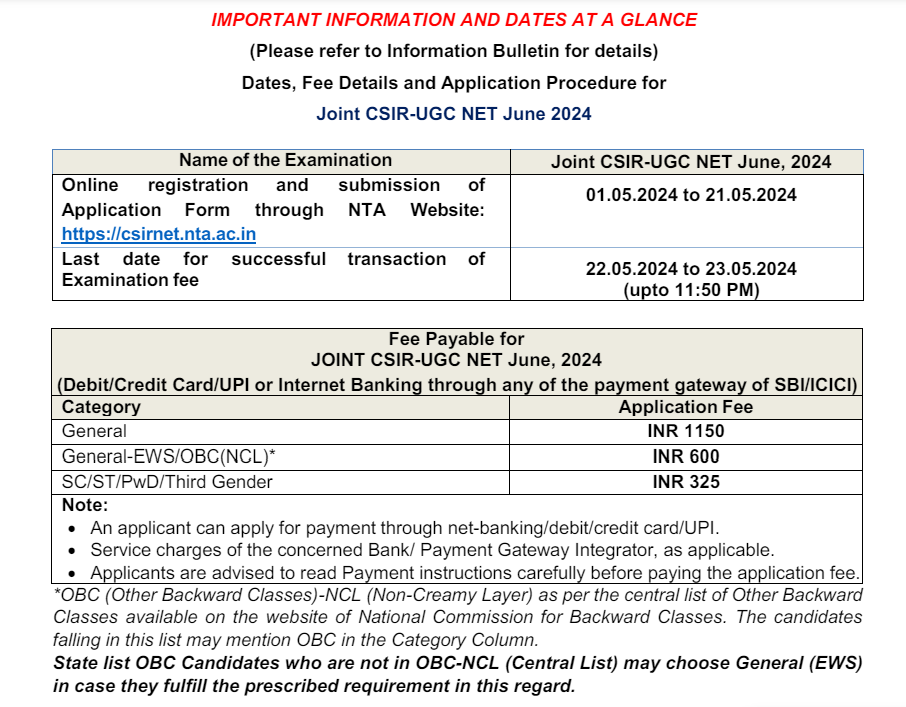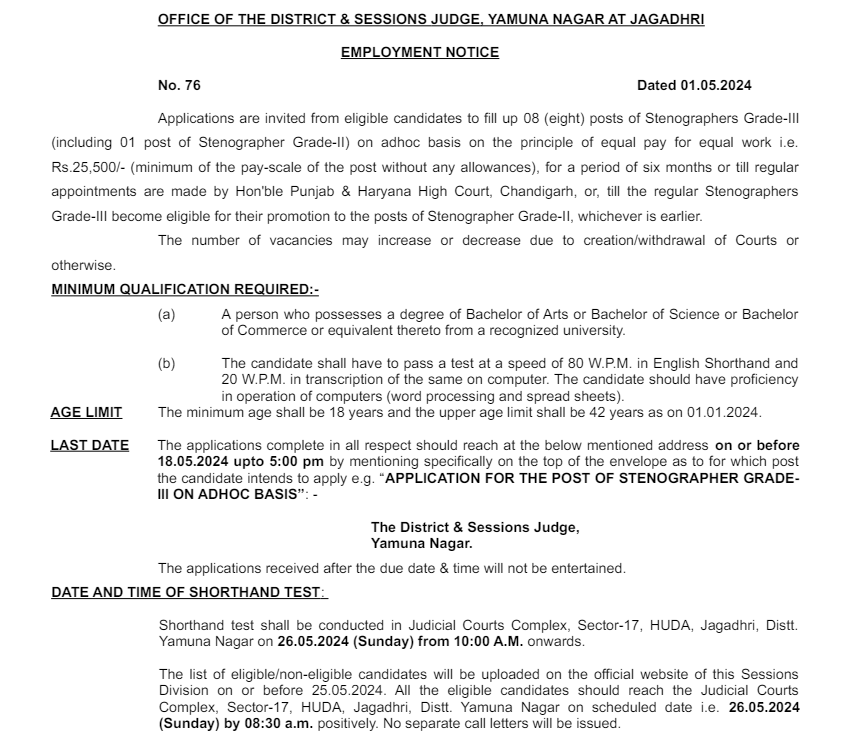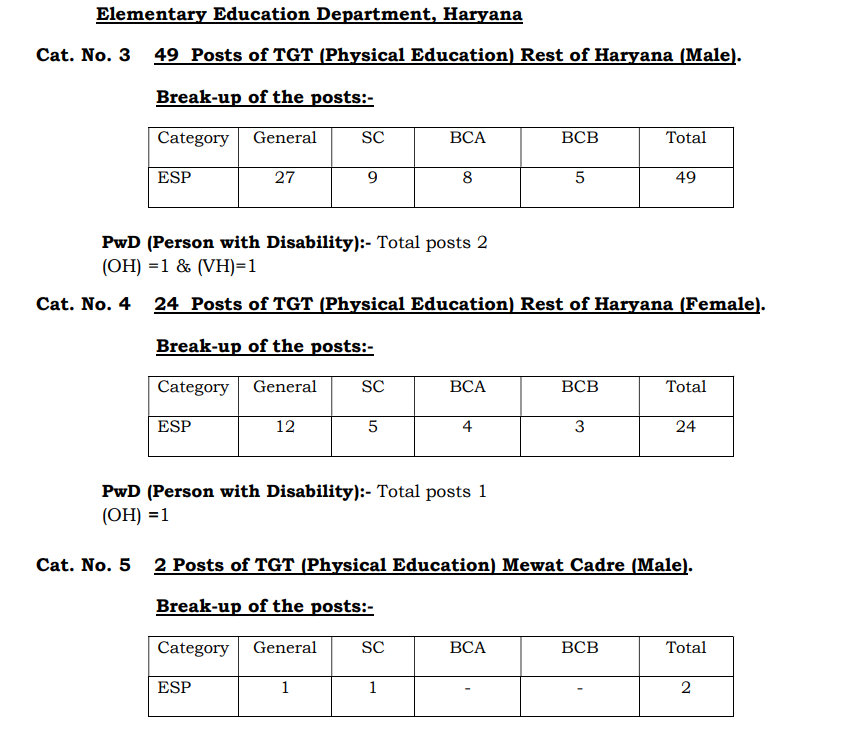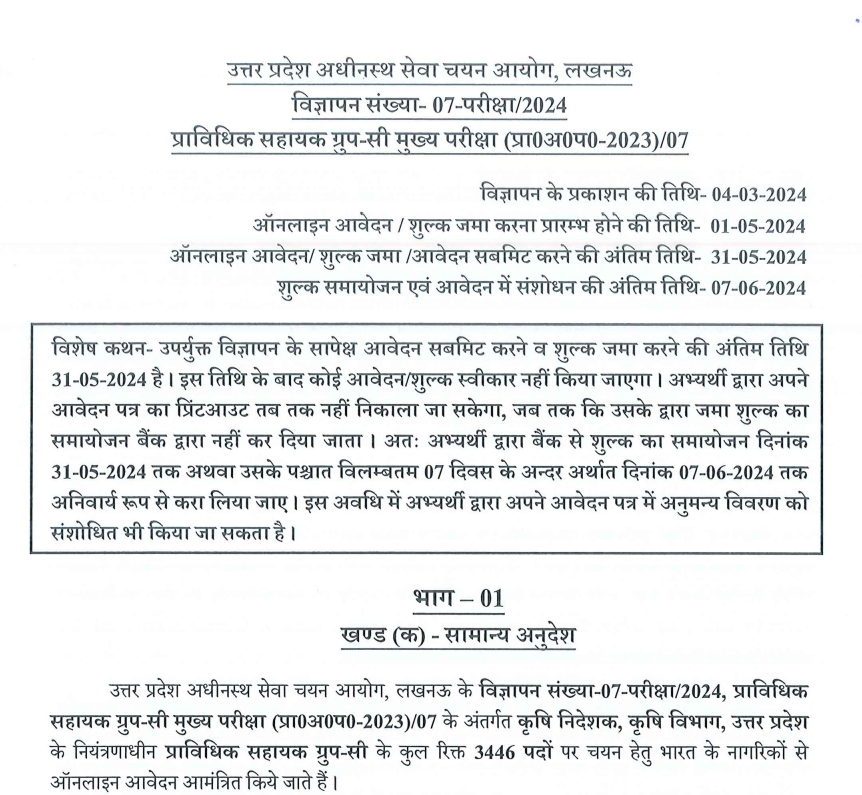Measurements and Instrumentation Part 4

Category –EE Online Test
Telegram-Join Us On Telegram
Attempt Free Measurements and Instrumentation Part 4 Here. Read The Important Electrical MCQ From Below.
Answer
[2] A 12 bit counter type A/D converter uses a 1 MHz clock. Its maximum conversion rate is
B) 244 conversions/sec
C) 488 conversions/sec
D) 83 kilo conversions/sec
Answer
Measurements and Instrumentation Part 4
[3] An 8 bit converter type A/D converter makes at least 8000conversions/sec. The clock frequency used is
B) 8MHz
C) 1MHz
D) 4MHz
Answer
[4] The conversion time of a 12 bit successive approximation A/D converter using a 1 MHz clock is
B) 12μs
C) 4096μs
D) 4095μs
Answer
[5] The resolution of a 12 bit D/A converter using a binary ladder is
B) 0.02%
C) 2.4%
D) 4%
Answer
Measurements and Instrumentation Part 4
[6] A 12 bit counter type A/D converter uses a 1 MHz clock. If the full scale output is +10V, its resolution output is
B) 2.4mV
C) 0.02V
D) 0.02mV
Answer
[7] A 10 bit resistive divider is constructed such that the current through the LSB resistor is 100μA. The maximum current that will flow through the MSB resistor is
B) 1mA
C) 51.2mA
D) 102.4mA
Answer
Measurements and Instrumentation Part 4
[8] For a certain 4 bit successive approximation A/D converter, the maximum ladder output is +8V. if a constant +6V is applied to the analog input the sequence of binary states for the SA register is
B) 1010
C) 0110
D) 1011
Answer
[9] In the case of power measurement by two wattmeter method in a balanced 3Φ system with a pure inductive load
B) both the Wattmeters will indicate zero.
C) both the Wattmeters will indicate same value and of the same sign.
D) one Wattmeter will indicate zero and the other non-zero value.
Answer
Measurements and Instrumentation Part 4
[10] The sensitivity of an instrument is
B) largest input change to which the instrument fails to respond.
C) ratio of the change in the magnitude of the output to the corresponding change in the magnitude of the input.
D) closeness of the output values for repeated applications of a constant input.
Answer













